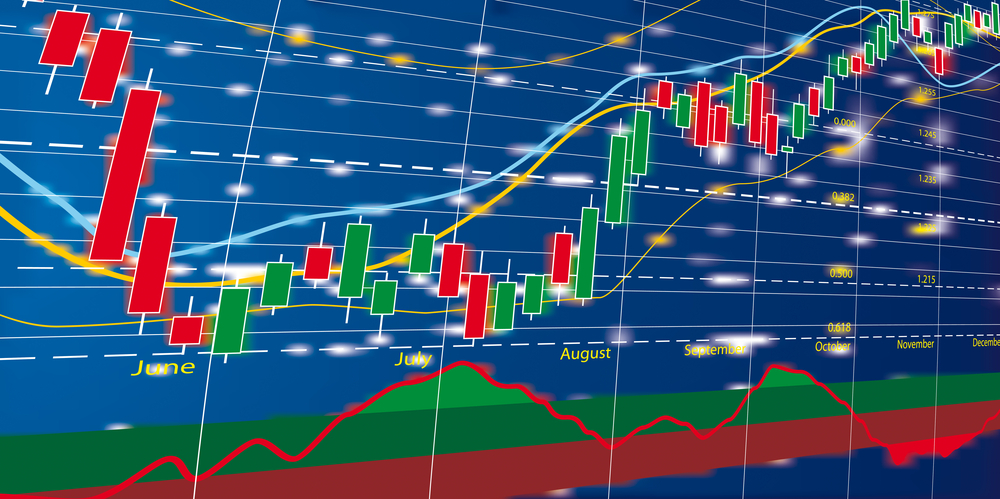[text]
Forex Market Analysis (2015.06.01)
Source: Direct Fx Forex Broker
EURUSD
Last week, the EUR traded 0.21% lower against the USD and closed at 1.0987, as uncertainty continued regarding Greece’s payment to its international creditors weighed on the common-currency. On the macro front, Germany’s Gfk consumer confidence index surprisingly soared to a thirteen year high level in June, while retail sales rebounded at a stronger than expected pace on a monthly basis in April, thus boosted growth prospects of the Euro-zone’s biggest economy. Elsewhere, in Italy, final GDP rose 0.30% on a quarterly basis in 1Q 2015, compared to an unchanged reading in the prior quarter. Markets were anticipating the GDP to advance 0.30%. During the previous week, the pair traded at a high of 1.1007 and a low of 1.0819. Immediate downside, the first support level is seen at 1.0868, followed by 1.0749, while on the upside, the first resistance level situated in 1.1056, followed by 1.1125. This week, investors would turn their attention towards inflation as well as unemployment rate data from the Euro-zone and Germany. Additionally, the ECB’s crucial interest rate decision would grab lot of market attention.
GBPUSD
During the previous week, the GBP traded 1.29% lower against the USD and ended at 1.5290, as the official data showed that UK GDP rose less than expected by 0.3% QoQ in the first three months of 2015, the lowest growth rate since the fourth quarter of 2012, thus scotching hopes that growth would accelerate during the second quarter. Other economic data indicated that, Britain’s mortgage approvals data notched a nine-month high level of 42.12K in April, compared to market expectations of an advance to 39.30K, while CBI distributive trade survey’s retail sales balance rose to a level of 51.00% in May, higher than market expectations of an advance to a level of 20.00% . The pair traded at a high of 1.5474 and a low of 1.5236 during the previous week. The pair is expected to find support at 1.5194, and a fall through could take it to the next support level of 1.5097. The pair is expected to find its first resistance at 1.5431, and a rise through could take it to the next resistance level of 1.5571. The BoE’s interest rate decision, scheduled in the next week, would keep investors on their toes.
USDJPY
The USD traded 2.16% higher against the JPY last week, with the pair closing at 124.18. In economic news, Japan’s national CPI national CPI rose 0.6% on an annual basis in April, at par with market expectations and compared to an advance of 2.3% in March. Meanwhile, jobless rate unexpectedly fell to an 18-year low level of 3.3% in April, from previous month’s level of 3.40%. Separately, the BoJ minutes from its recent monetary policy indicated that the central bank has pushed back its timeline for achieving its inflation target to fiscal 2016 and warned that growth could slow temporarily due to a planned sales tax hike scheduled for the start of fiscal 2017. The pair traded at a high of 124.47 and a low of 121.64 during the previous week. Immediate downside, the first support level is seen at 122.37, followed by 120.59, while on the upside, the first resistance level situated in 125.20, followed by 126.25. Trading trends in the Yen during the week would be determined by Japan’s services and manufacturing data. Meanwhile, investors would also keep a tab on Japan’s coincident and leading economic indices for further cues.
USDCHF
The USD fell against the CHF last week, closing 0.37% lower at 0.9402, on the back of downbeat US Q1 GDP data. On the macro front, the Swiss economy contracted the most in six years as the strong Franc took a heavy toll on the nation’s exports. Data showed that the country’s GDP declined 0.2% during the first three months of the year, compared with an expansion of 0.5% the previous quarter and below analysts’ expectations of a flat figure. In other economic news, the trade surplus of the nation widened in April, supported by a plunge in imports. On the other hand, the nation’s industrial output declined substantially in the first quarter compared to a year ago, indicating the impact of a strong Swiss Franc on industrial activity. The pair traded at a high of 0.9545 and a low of 0.9348 during the previous week. The pair is expected to witness its first support at 0.9319 and second support at 0.9234, while the first resistance is expected at 0.9516 and second resistance at 0.9629. Amid a weak economic calendar in Switzerland this week, investor sentiments would be governed by macro data of other economies.
[/text]
Categories :
Tags : CPI national forex bonus without deposit Forex Broker forex broker bonus forex learn forex learning forex learning pdf forex tutorials for beginners pdf GDP data how to trade forex for beginners pdf learning forex trading pdf UK GDP USD/JPY usdchf



